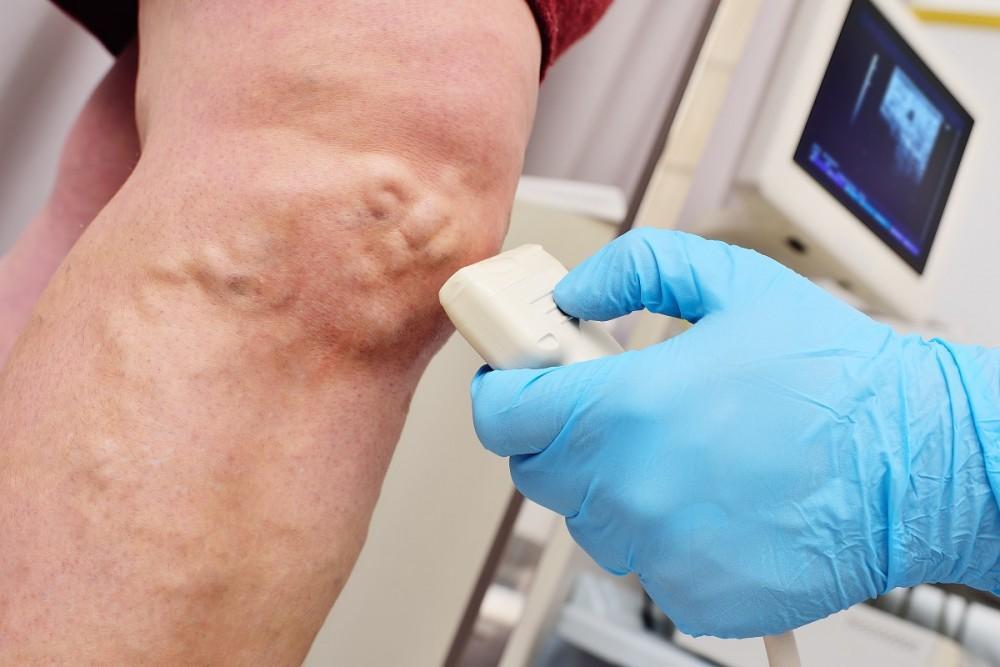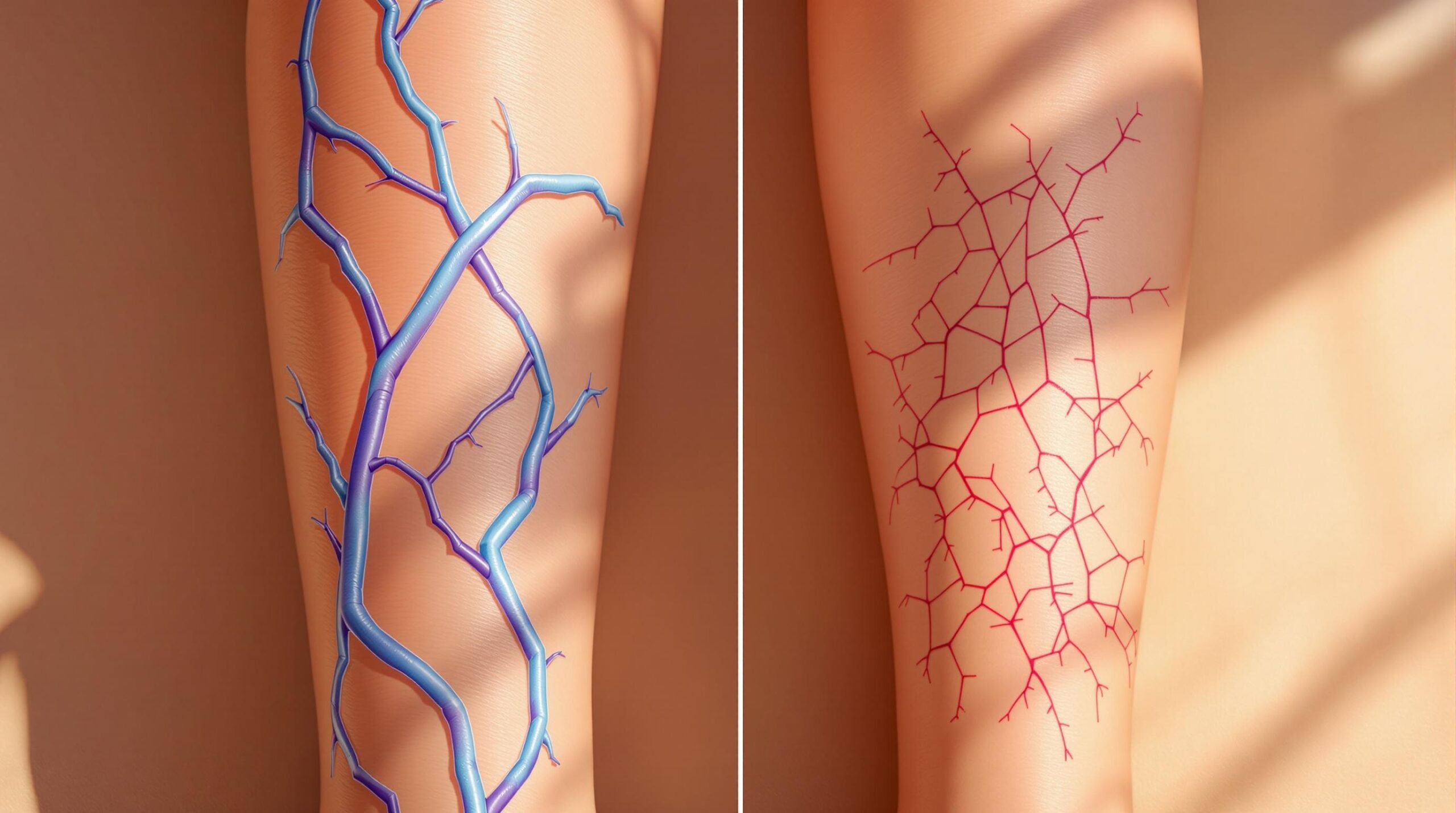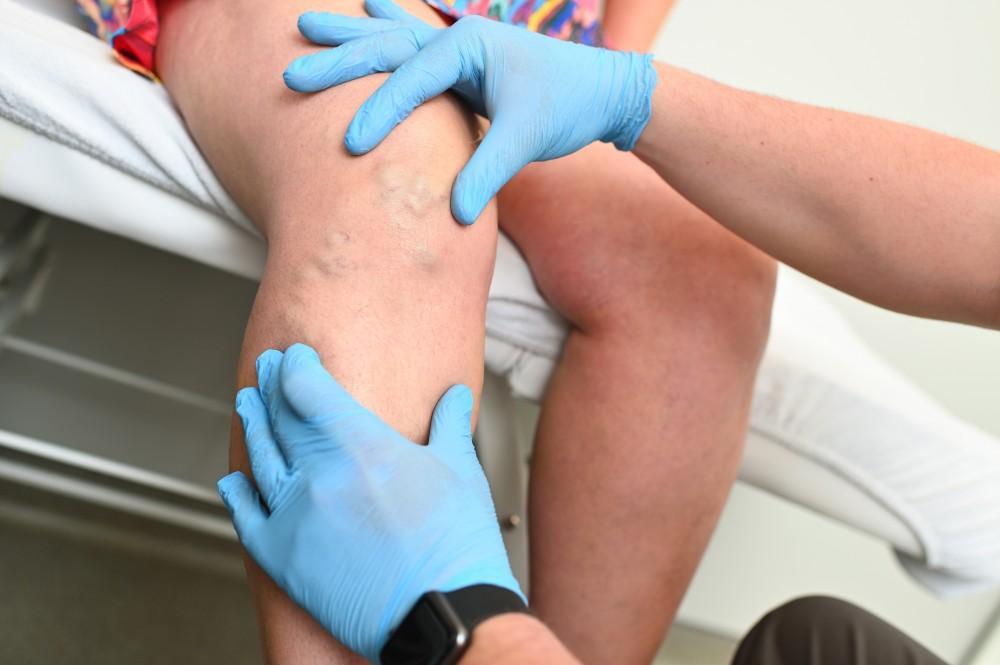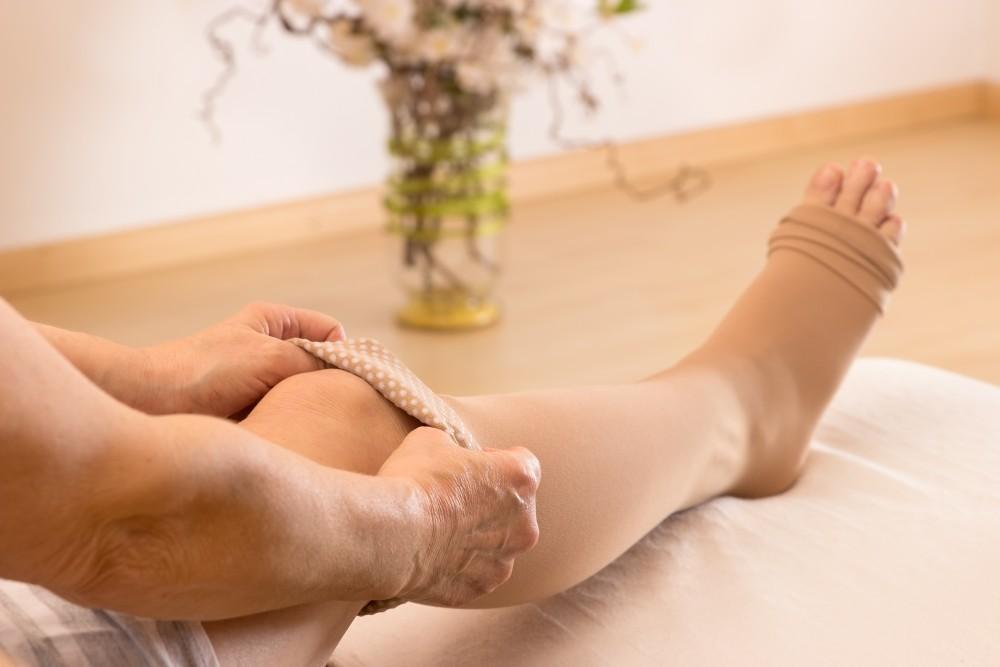Vein problems affect millions of Americans, interfering with circulation and causing significant symptoms. Though anyone can develop vein issues, they do tend to occur more frequently in people with specific risk factors. Knowing those risk factors plays an important role in both prevention and treatment.
Age
Aging is a major risk factor for developing vein problems, including swollen, twisted, discolored varicose veins. As we get older, wear-and-tear takes its toll on our veins and the tiny valves that keep blood flowing in the right direction. When those valves fail, blood pools up inside the veins, causing pain, swelling, and itching. We may not be able to avoid getting older, but by managing our other risk factors, we can limit the effects aging has on our circulation.
Obesity
Carrying extra weight puts added pressure on the valves inside our veins, especially the veins in our legs and feet. Dropping excess pounds relieves that pressure and promotes healthier circulation overall. Plus, losing weight makes it easier to get more exercise, which can also improve circulation.
Pregnancy
Pregnancy causes temporary weight gain that puts strain on our veins, and it’s also accompanied by hormonal changes. These changes can make veins more susceptible to damage and malfunction. Hormonal birth control methods can have the same effect.
Prolonged sitting or standing
Many of us spend long hours sitting or standing at our jobs. Although these activities may seem to be physically opposite, they have the same effect on our veins: extra pressure that can lead to vein malfunction. If your job involves a lot of sitting or standing, taking regular breaks to move around and stretch your arms and legs is important.
Family history
Having close relatives with vein disease increases the likelihood that you’ll have vein problems, too. Like age, you can’t change your family history. But again, knowing you have this risk factor can help you understand the importance of focusing on the risk factors you can change and making healthy changes as early as possible.
Smoking
Smoking damages circulation in several ways. The chemicals in tobacco products damage the lining of your veins and impair blood flow, while also promoting damaging inflammation. Quitting smoking is one of the best things you can do for your veins and your overall health. The SmokeFree website offers resources to help you quit.
Underlying disease
Medical conditions can also raise your risk of developing vein problems. That includes conditions and diseases like diabetes, heart disease, high blood pressure, and high cholesterol. Vein-specific diseases, like deep vein thrombosis (DVT), chronic venous insufficiency (CVI), and a history of clotting disorders, also increase your risk.
Help for your veins
If you have varicose veins, spider veins, or other symptoms, like limb pain, limb fatigue, or restless leg syndrome, a vein evaluation can help pinpoint the cause, so you can find a treatment that offers relief. To learn more, call 972-295-7017, or book an appointment online with the team at Prime Heart and Vascular today.





